
SpeedSF Blog
Every Build Has a Story – Meet the Cars of SpeedSF

Gary’s S15: This Silvia Stays
After importing a slew of Silvias and never getting too attached, Gary imported this rare Spec R with the intention of keeping it. It will be more than sentimentality that keeps him holding on, though; he hopes to stress test driveline components and build a line of stouter parts to appeal to the S-chassis fan who enjoys going fast as much as they do going sideways.

Kiavash’s R32 GT-R: Simplicity’s for Suckers
A summer with a pair of lightweight, normally-aspirated rear-drive cars convinced Kiavash that they weren’t his niche. He prefers putting turbocharged power to the ground through four driven wheels, and few cars do that quite like the Skyline GT-R.
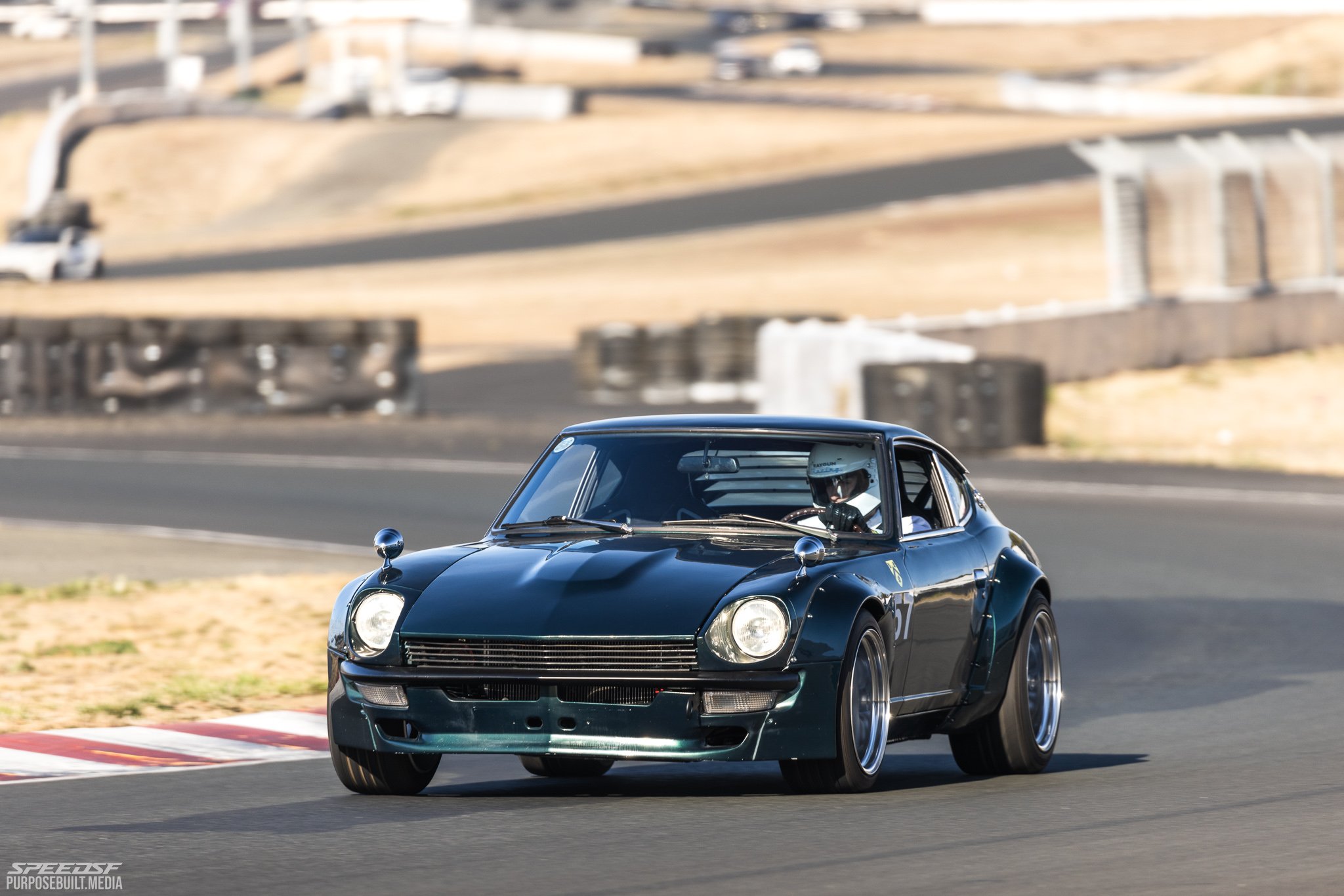
Piers’ 240Z: From First Principles
After rebuilding a carbureted bike in his apartment’s underground parking lot, Piers bought a pretty 240Z and began learning how to make an old Datsun work on track.
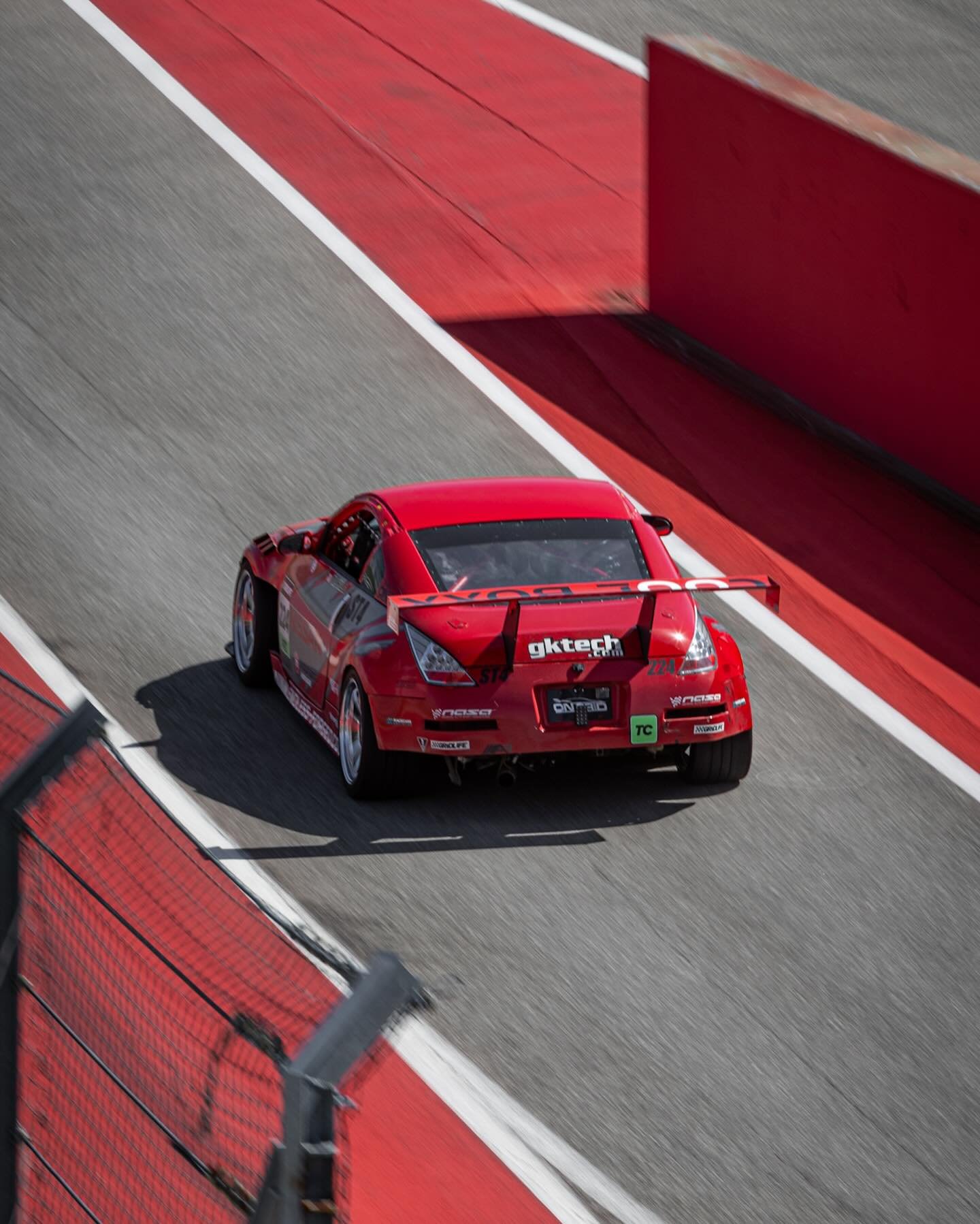
Michael’s 350Z: Take A Chance, Prove a Point
Looking for an affordable drift car, Michael “Stubz” Hillo grabbed a 350Z and started driving sideways. After some time, he recognized the car had potential as a track car -- as long as he could accept a few shortcomings.
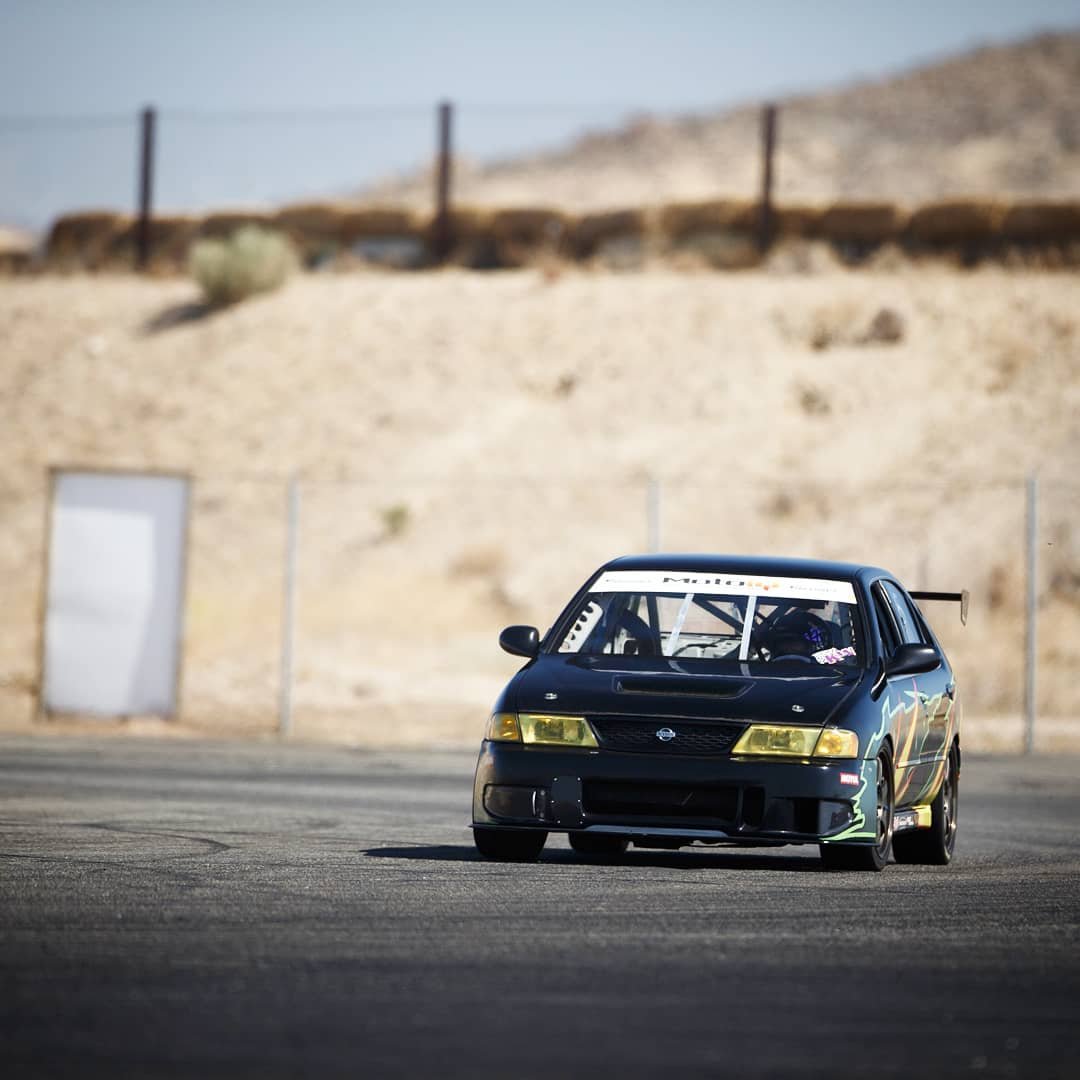
Walter’s Sentra: Lifetime Obsession
Twenty years after crewing for various teams in the Spec SE-R series, Walter began racing himself and made a very special Sentra his own.
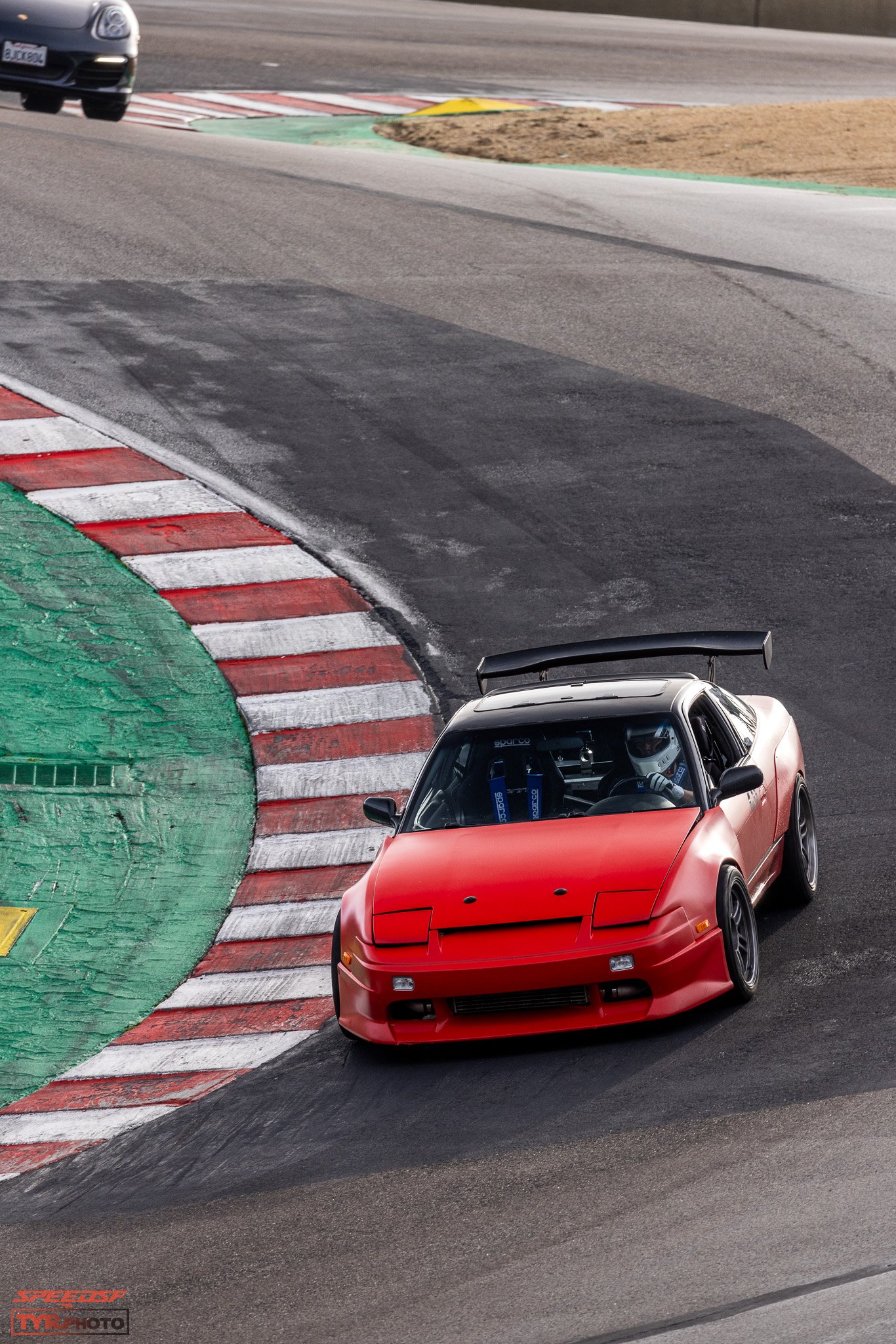
Ken's 240SX: Twenty Years in the Making
Twenty years after picking it up, Ken brought a revitalized version of his old track car back to Laguna. It’d sat for a decade as Ken raised a family, but late those nights after the kids went to bed, he studied whatever he could and amassed a collection of track parts. When he finally got a chance to give it another lease on life, he didn’t cut any corners.
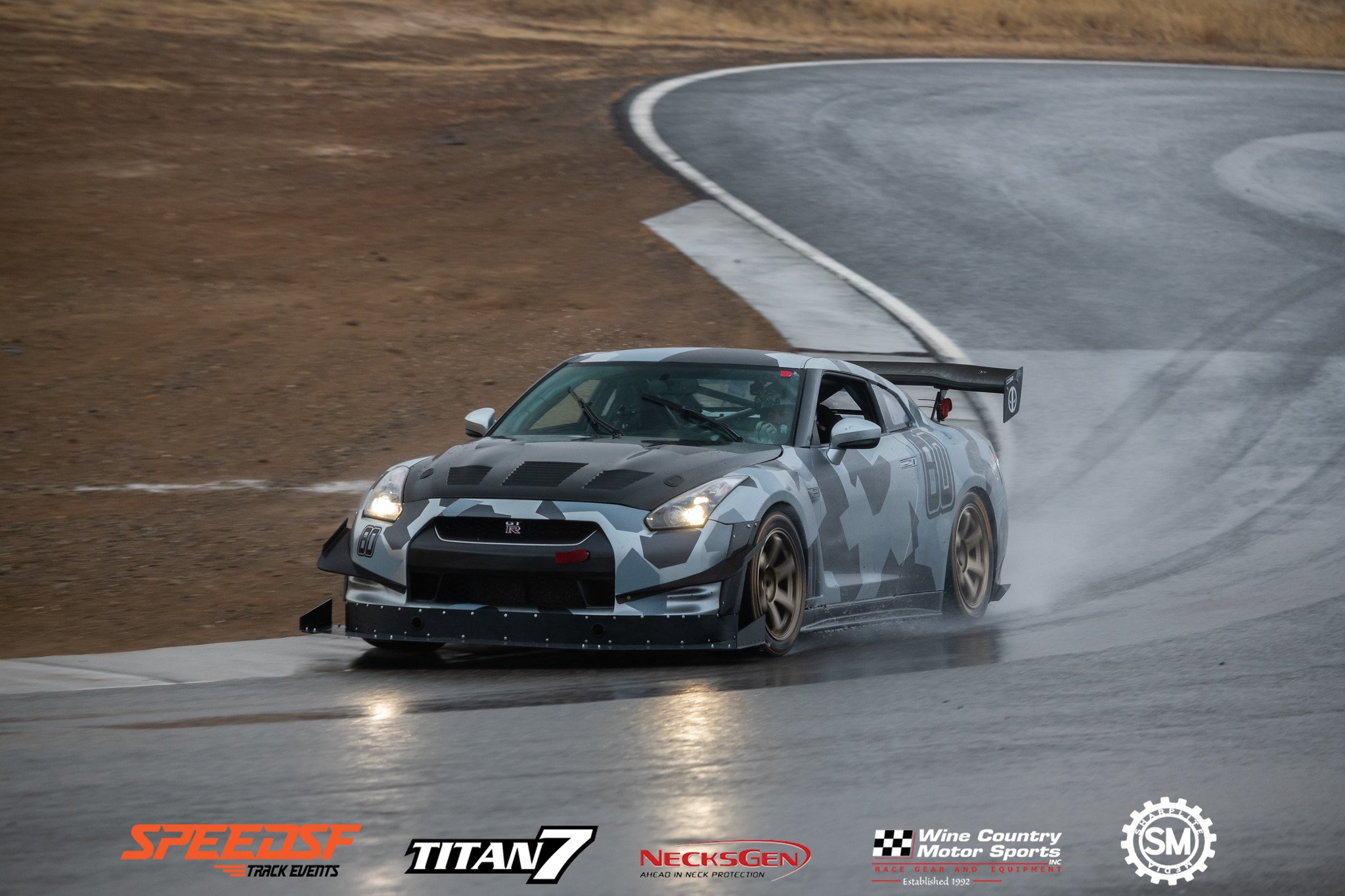
Lief Storer's GT-R: Big Dreams, Bigger Numbers
While Lief started out this ambitious build with a slightly different destination in mind, he ended up doing what so many GT-R tuners do: chase big numbers. In his case, however, he wasn’t after four-digit power figures; weight and lap times were the numbers he was preoccupied with.

Adam's S13 Coupe: Silvias Do More Than Slide
It’s fun to remember that you could pick up a turbocharged Silvia for a few grand once. Adam Swan took this car to the next level with a few track-oriented mods, but it’s still essentially stock; proving the Silvia can do more than go sideways.
